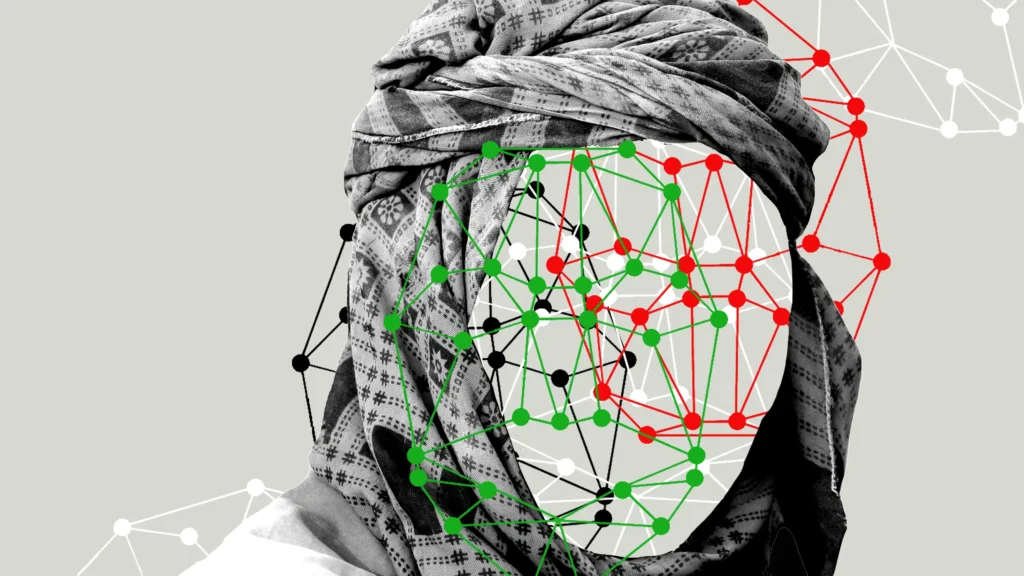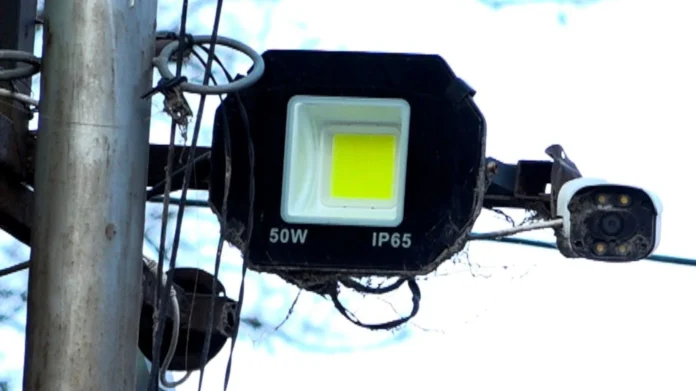Inside the Expanding Taliban’s Surveillance Network
The Taliban’s surveillance network in Kabul has grown to an unprecedented scale, with 90,000 CCTV cameras now monitoring millions of residents. Authorities claim this system enhances security, but critics raise concerns over privacy, human rights, and authoritarian control.
The rapid expansion of this system marks a significant shift in the Taliban’s approach to governance, as they move from enforcing laws through physical presence to technological monitoring of daily life. While law enforcement insists the goal is crime prevention, many fear this is an extension of state control, limiting freedoms and intensifying fear among citizens.
A Growing Surveillance State
Kabul’s control center is the nerve center of this surveillance system, where police officers analyze live feeds from thousands of strategically placed cameras. Taliban spokesperson Khalid Zadran asserts that this network helps combat crime, allowing law enforcement to swiftly intervene when suspicious activity is detected.
However, many fear that the same system could be used to suppress dissent, enforce morality laws, and monitor political opponents. International observers worry that such widespread surveillance creates an oppressive environment, where citizens may feel unsafe even in their own homes.
Reports suggest that cameras have been installed in key urban and suburban locations, including areas frequented by political activists and journalists. Given the Taliban’s history of suppressing opposition, this development raises concerns over freedom of expression and the ability of citizens to move freely without fear of being tracked.
The Role of Facial Recognition Technology

The CCTV network features facial recognition, categorizing individuals by age, gender, and appearance. Authorities emphasize that the cameras are intended for law enforcement purposes, but human rights groups worry about the implications of such technology in a regime known for suppressing freedoms.
“On clear days, we can zoom in on individual’s kilometers away,” explains Zadran, underscoring the precision of these surveillance tools.
This technology not only identifies individuals but also creates digital profiles that could be stored and analyzed. Given the lack of clear regulations on data usage, many wonder whether this information could be weaponized against those who challenge the Taliban’s rule.
Crime Reduction or Mass Surveillance?
The Taliban claim that the increased CCTV presence has contributed to a 30% drop in crime rates between 2023 and 2024. However, independent verification of these figures is not possible. While the government insists that these measures enhance public safety, residents and activists argue that the cameras primarily serve as tools of control.
Amnesty International warns that such monitoring under the guise of security enables the Taliban to further restrict freedoms, particularly for women.
With crime statistics under strict government control, concerns arise regarding the credibility of these claims. Rights organizations argue that, while some criminal activity may decrease, the overall result is a society living in fear, with citizens self-censoring and avoiding public gatherings.
Women Under Watch: A New Layer of Control
For Afghan women, the surveillance system represents a new form of repression. Fariba, a university graduate, fears that these cameras will be used to monitor adherence to strict dress codes, further limiting women’s rights.
“There is significant concern that these cameras will be used to track women’s hijabs and restrict movement,” she explains.

Under Taliban rule, women’s rights have been severely curtailed, with bans on education, employment, and public presence without a male guardian. While authorities deny that the morality police use surveillance data, the lack of oversight raises serious concerns.
The fear of being watched further limits women’s ability to participate in social and economic activities. Public spaces are becoming increasingly unwelcoming, and many women report choosing to stay home rather than risk surveillance-related repercussions.
Who Funds the Surveillance Network?
Despite Afghanistan’s economic crisis, some residents report being forced to fund the camera installations. Shella, a Kabul resident, says that households were required to contribute financially, with threats of power and water cuts for non-payment.
“We had to take loans just to pay for these cameras,” she laments.
Taliban officials, however, insist that contributions were voluntary and minimal. Some reports suggest that businesses and wealthier households were targeted for financial demands, exacerbating economic hardships in a country already struggling with high unemployment and poverty rates.
The Future of Privacy in Afghanistan
With no data protection laws in place, concerns persist over how the Taliban handle surveillance data. Officials claim that footage is retained for only three months, but there is no independent mechanism to verify this.
Meanwhile, the technology appears to be sourced from Chinese manufacturers, with Dahua-branded monitors present in the control room. Although previous reports suggested a partnership with Huawei, both the Taliban and the company have denied any agreement.
Security experts worry that this system could evolve into an even more powerful tool, with biometric data collection and artificial intelligence integration. The lack of transparency around the usage and storage of this data raises alarms about potential misuse, including targeting dissidents and journalists.
A Nation Under Watch
For ordinary Afghans like Jaber, a vegetable seller, the growing surveillance network represents another reminder of their powerlessness under Taliban rule.
“We are treated like trash. The authorities regard us as worthless, and we can do nothing,” he says.
While the Taliban frame their CCTV expansion as a crime-fighting initiative, the broader implications on civil liberties and human rights remain deeply troubling. As international concerns grow, Afghanistan’s residents continue to live under watchful eyes, uncertain of what the future holds.
The Taliban’s expanding digital infrastructure signals a shift in governance, one that blends traditional repression with modern technology. Unless proper legal frameworks are introduced, Afghanistan risks becoming a fully monitored state, where every move is tracked, recorded, and potentially used against its citizens.
As the situation evolves, Afghans must navigate an environment where surveillance dictates behavior, raising urgent questions about privacy, personal freedom, and the future of civil rights in the region.
Disclaimer: The names of individuals mentioned in this article have been changed to protect their identities and ensure their safety.


